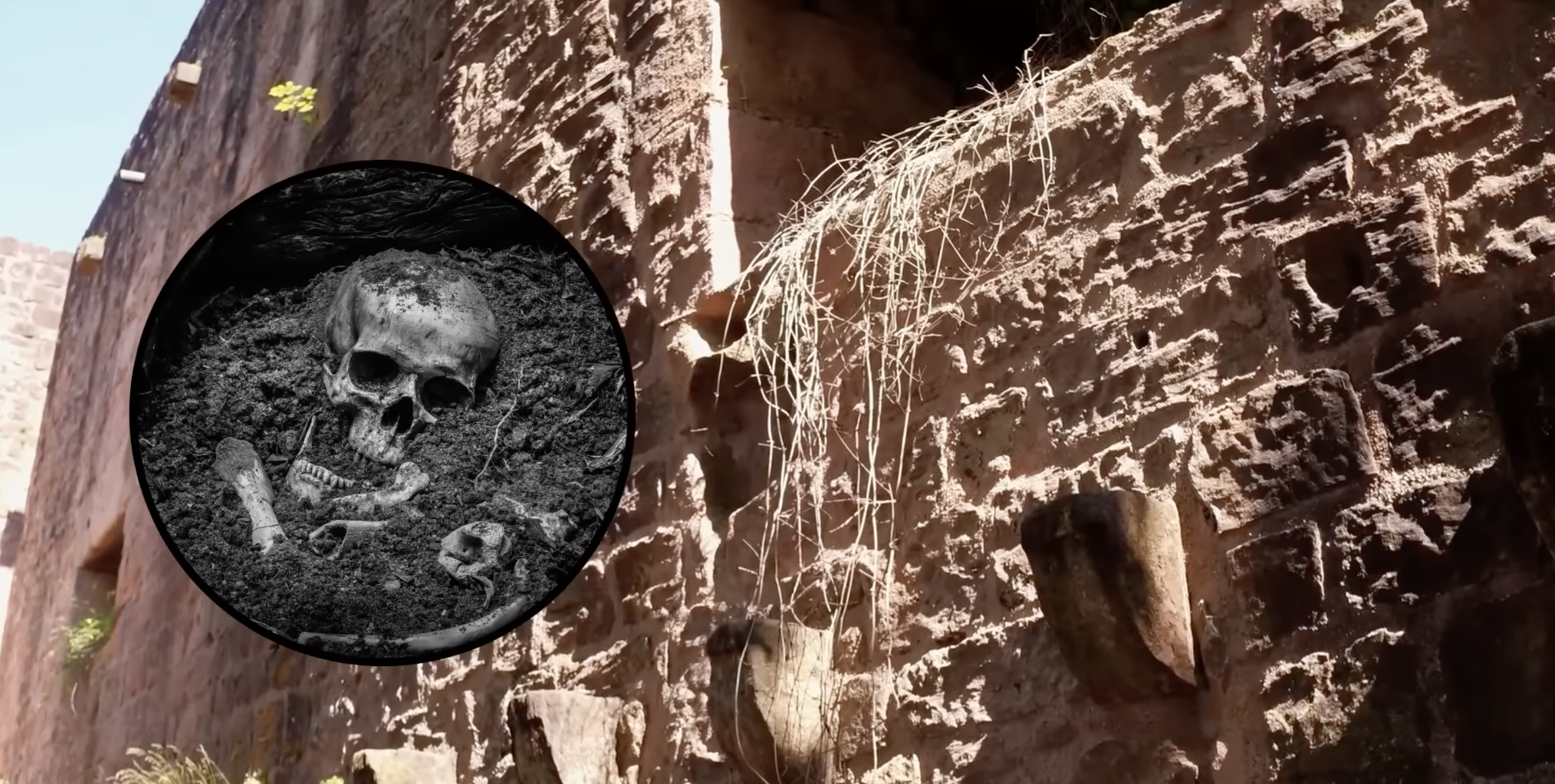Unraveling the Mystery: Are Titans Real or Just Mythical Creatures?

Step into the realm of legends and myths, where ancient tales and folklore come alive. The question that has captivated the minds of many throughout history is this: are titans real or just mythical creatures? These towering beings, often depicted as larger than life, have sparked our imagination and curiosity.
From the pages of ancient texts to the whispers of oral traditions, we will explore the evidence, the theories, and the tantalizing possibilities that surround the existence of titans. Prepare to be amazed as we decipher the clues and bridge the gap between fantasy and reality. Are titans merely figments of our imagination, or do they walk among us, hidden in plain sight? More question about the show are rose and jack from titanic real ?
Historical references to Titans
Throughout history, numerous references to titans can be found in ancient texts, giving credence to the idea that these mighty creatures may have existed. In Greek mythology, the Titans were a race of powerful gods who ruled the world before the Olympians. They were said to be the children of Uranus (the sky) and Gaia (the earth), and their lineage can be traced back to the primordial beings that preceded the gods themselves. The most famous of the Titans is Cronus, who overthrew his father Uranus and was eventually dethroned by his own son Zeus.
In Norse mythology, the Jotnar, often referred to as giants, share similarities with the concept of titans. These beings were depicted as colossal in size and possessed incredible strength. They were seen as the adversaries of the gods and were associated with chaos and destruction. One prominent Jotunn was Ymir, the progenitor of all giants, who emerged from the primordial realm of Ginnungagap.
In Hindu mythology, the Asuras, another titan-like race, were considered powerful beings who often clashed with the gods. They were depicted as having incredible strength and were known for their cunning and wisdom. The most famous Asura is Mahishasura, who took on the form of a buffalo and fought against the goddess Durga.
These historical references provide a glimpse into the ancient belief in titanic beings. While they may be mythical in nature, the consistency of their presence across different cultures lends credibility to the possibility of their existence. Could these tales be based on real events, exaggerated over time, or are they simply the product of human imagination? Let's delve further into the myths and legends surrounding titans to gain a deeper understanding.
Check: Mysteries of the supermoon
Myths and legends surrounding Titans
Myths and legends serve as windows into the beliefs and imaginations of ancient civilizations. They offer insights into the cultural significance and symbolic meanings attributed to titanic beings. In many mythologies, titans are associated with the creation of the world and the forces of nature. They represent the primordial chaos from which order emerged, and their battles with the gods symbolize the eternal struggle between order and chaos.
In Greek mythology, the titans were seen as the embodiment of elemental forces. Each titan was associated with a specific aspect of nature or natural phenomena. For example, Oceanus personified the ocean, while Hyperion represented the sun. These personifications highlight the connection between titans and the fundamental elements that shape the world.
In Norse mythology, the giants were often portrayed as the guardians of the natural world. They controlled the forces of nature, such as storms and earthquakes. The Jotnar were seen as the embodiment of the untamed wilderness, representing the harsh and unpredictable aspects of nature. Their interactions with the gods often resulted in the shaping of the world and the establishment of natural order.
Similarly, the Asuras in Hindu mythology were associated with the forces of nature and cosmic balance. They represented the darker aspects of existence and were often depicted as challenging the authority of the gods. Their conflicts with the gods symbolized the eternal struggle between good and evil, order and chaos.
These myths and legends provide a rich tapestry of stories that have been passed down through generations. They offer glimpses into the human fascination with larger-than-life beings and their role in shaping the world. While the veracity of these tales may be questioned, their enduring popularity attests to the timeless appeal of titanic creatures.
Scientific theories on the existence of Titans
While mythology provides a fascinating glimpse into the world of titans, scientific theories offer a more grounded approach to understanding existence of titans. One such theory suggests that the concept of titans may have originated from the discovery of ancient fossil remains. The unearthing of large bones, such as those of dinosaurs or extinct megafauna, could have fueled the imagination of ancient civilizations, leading to the creation of myths and legends surrounding titanic creatures.
Another scientific explanation proposes that the concept of titans may be rooted in the human tendency to exaggerate and embellish stories over time. As tales are passed down through generations, details may be distorted, and the size and power of these mythical beings may have grown larger with each retelling. This phenomenon is known as the "mythical amplification effect," where stories become increasingly fantastical over time.
In addition to these theories, there are ongoing explorations of the possibility of undiscovered or extinct species that could resemble the titans of mythology. The vastness and unexplored nature of our planet's ecosystems leave room for the existence of unknown creatures, yet to be discovered by modern science. The deep ocean, dense forests, and remote regions could potentially hide titan-like creatures that have managed to evade human detection.
While scientific theories provide a more rational perspective on the existence of titans, they also leave room for the imagination to roam. The boundary between fact and fiction becomes blurred as we delve deeper into the mysteries surrounding these legendary beings.
Conclusion: The enduring fascination with Titans
The question of whether titans are real or just mythical creatures may never be definitively answered. Yet, the enduring fascination with these colossal beings persists. From their historical references and myths to scientific theories and cultural interpretations, titans have left an indelible mark on human imagination.
So, are titans real or just mythical ? Share your comments below 👇



